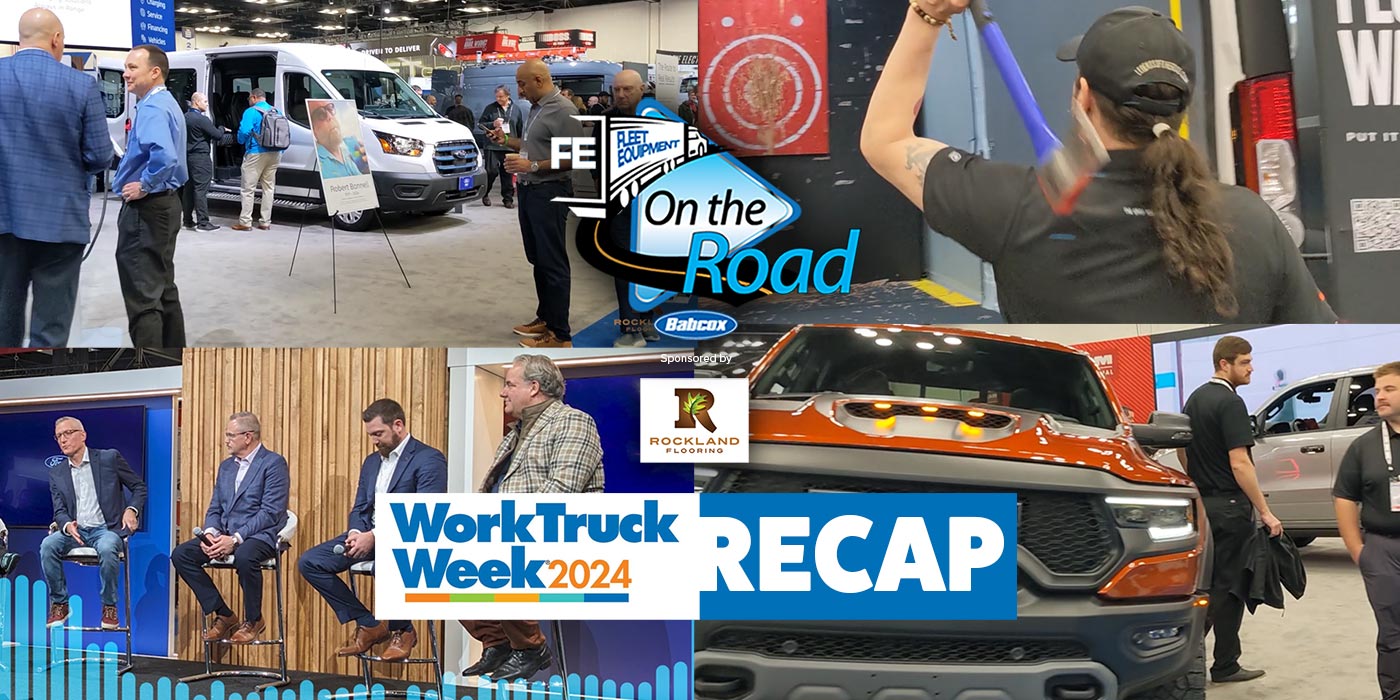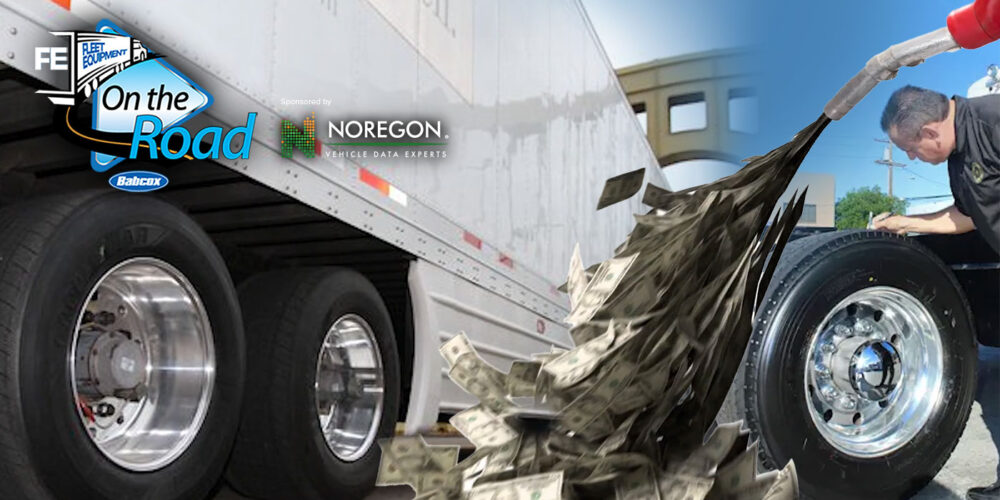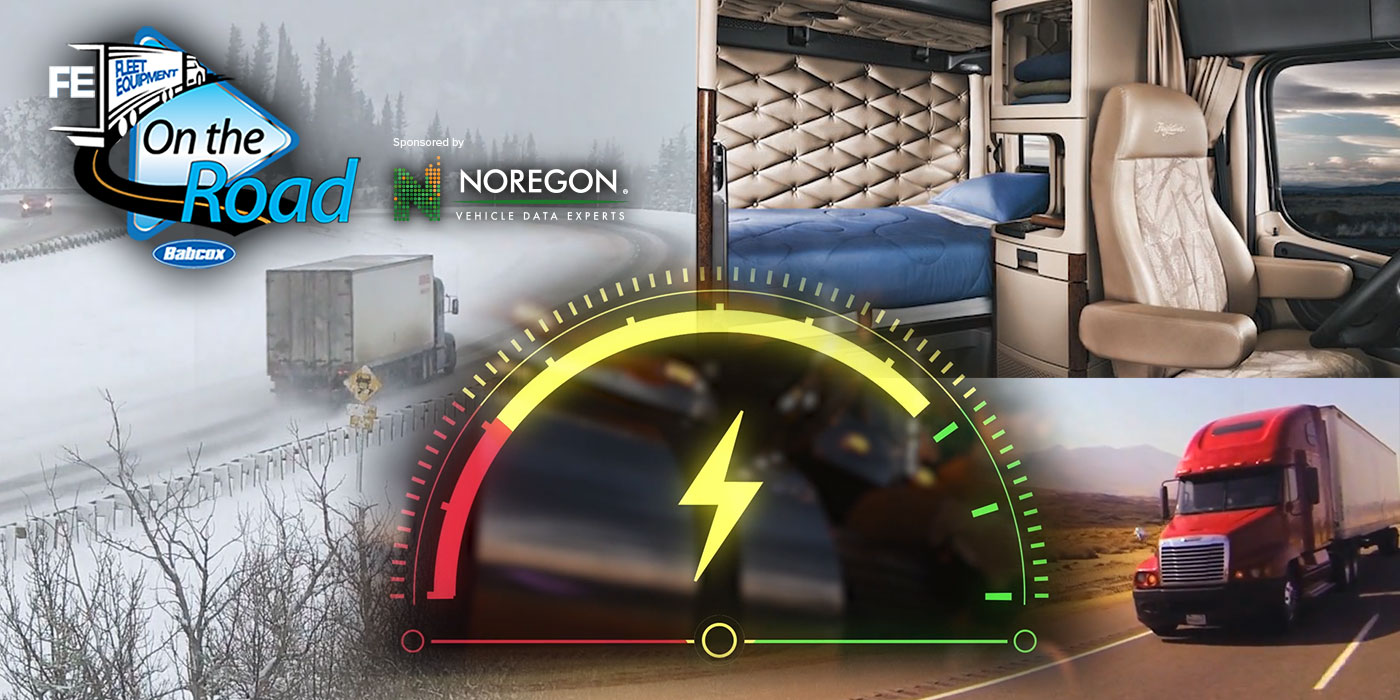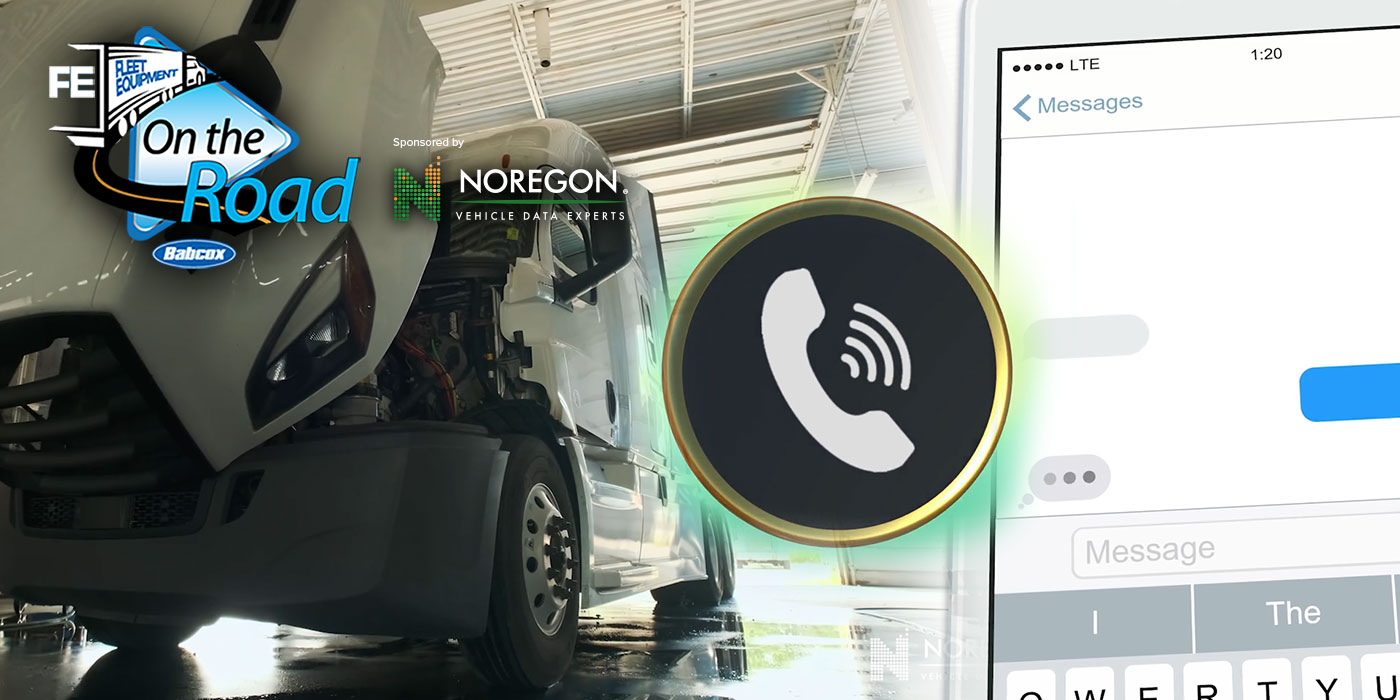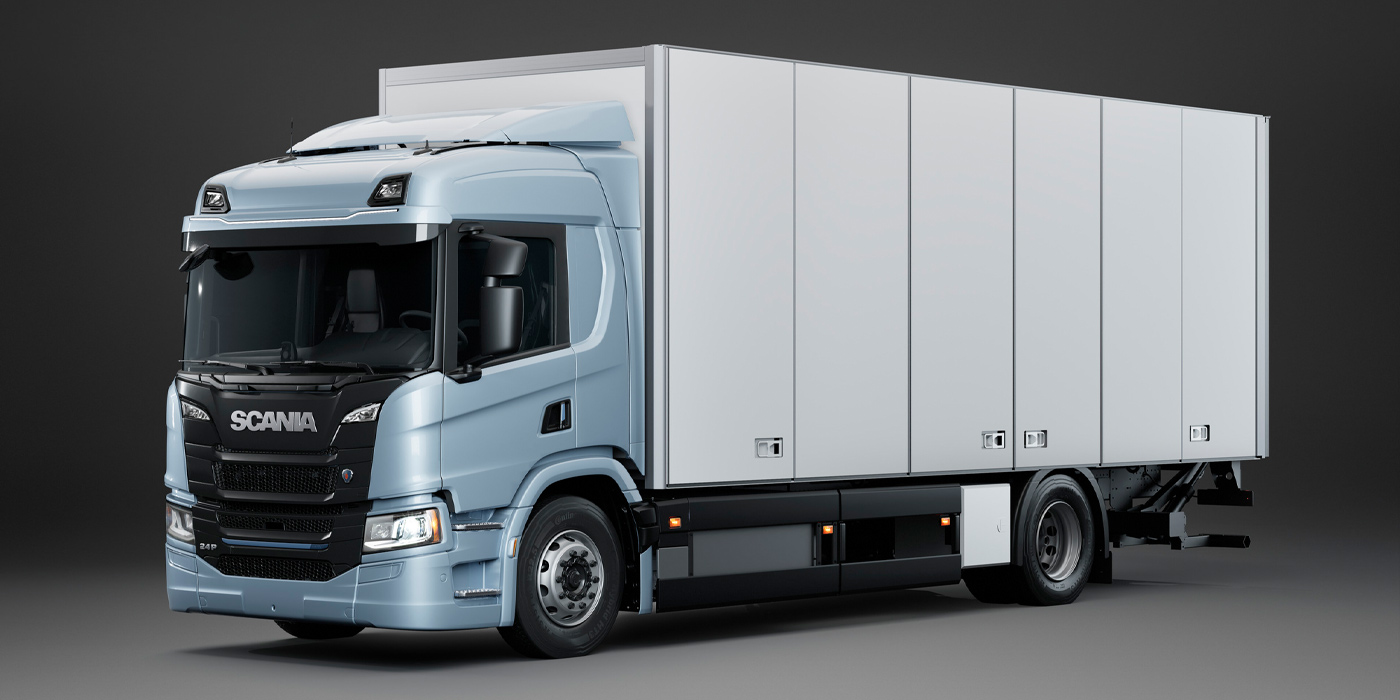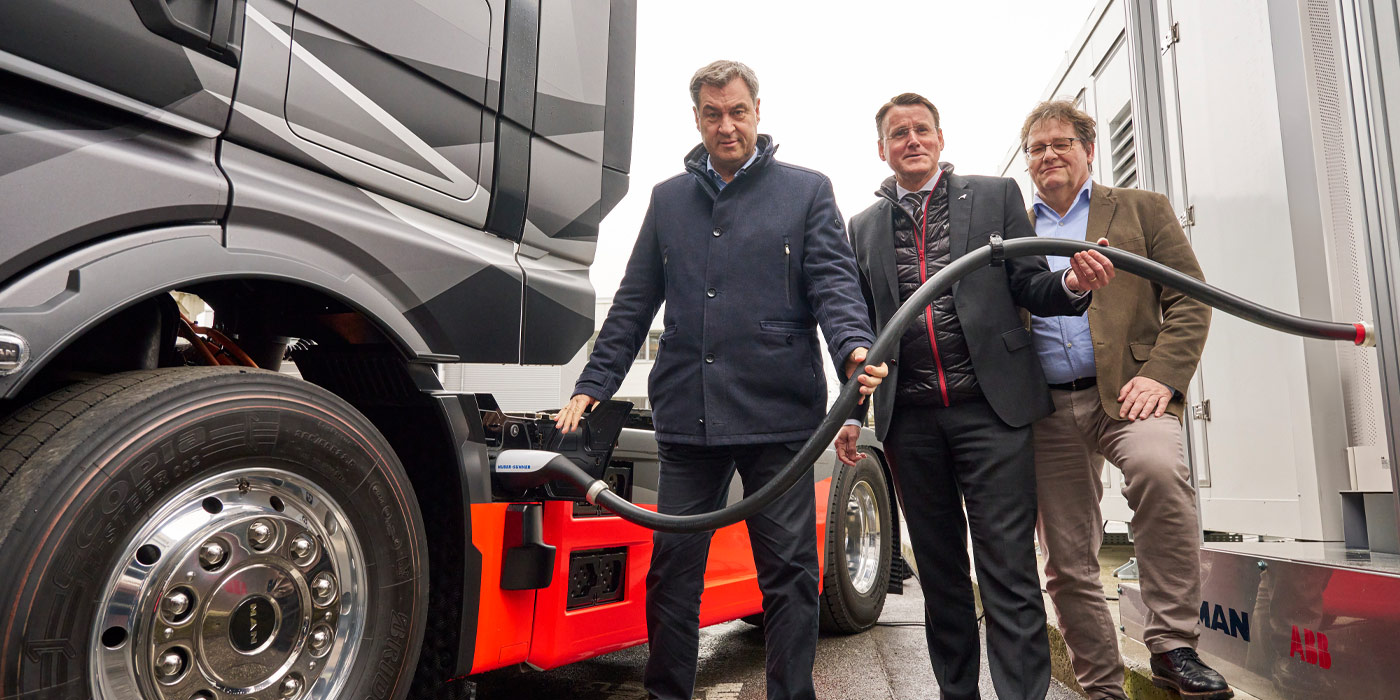So, you’ve done the research to determine the right battery electric trucks for your fleet, but equally as important is knowing your charging needs.
That’s right, we’re talking about charging today, not about battery electric trucks at all! Because incorporating electric trucks into your fleet would be like taking delivery of 15,000 gallons of water for your brand-new in-ground pool without… actually installing the pool. You need that infrastructure in place first, right?
The problem is, there are arguably more factors at play in the charging space than there are in the electric truck space. So here are ten questions you need the answers to before you start drilling holes and running wires:
Click here to watch more of FE’s On the Road video series.
1. How much energy will each electric vehicle consume on an average day? Make sure you understand your vehicle specs and your routes, because you’ll need the answer to this question for our next question:
2. What’s the maximum energy consumption expected for a single day or shift? You want to make sure you’re actually going to be saving money, and your energy charge is going to be based on your total energy consumption and will vary by season, and even by the time of day.
3. What charging standard is used by your electric vehicles, and will you need to plan on installing DC or AC-style chargers, or both? DC charging can be ideal for a fleet whose trucks are always on the go, always moving, but AC charging can be as much as ten times more affordable in the long run.
4. What is the voltage range of the batteries? Knowing voltage can help you plan for how much power you’ll need, and how quickly you’ll need to draw it.
5. In what ambient conditions will your charger be operating? Do you experience all four seasons where you run your trucks, or is it mostly hot or cold? So, for example, you might need to think about a canopy for your chargers if they’re sitting in the sun all day, because using an excessively hot plug that is excessively hot can be dangerous.
6. What chargers have been tested and validated to perform well with your planned vehicles? Look, if I’m looking for a new graphics card for my computer, I’m not going to pick one off the shelf with my eyes closed. Do the research and don’t be the early adopter in this category if you can help it. See what has worked well for others.
7. What length of cables is required for your parking situation? This one is easily overlooked but it’s up there with the rest. If you can’t use your chargers because their cables aren’t long enough, your trucks aren’t going to get very far. And on that note…
8. Is cable management important to protect the charging cables and prevent tripping hazards? Heck, maybe your cable length is too long? Ever buy a phone charging cord and decided to get the longest one because you didn’t want to deal with a teeny tiny cord length? Now it’s ridiculously long there’s no good solution other than sucking it up and buying another one. Don’t be that guy here.
9. How many chargers do you need to support the future of your electric vehicle fleet? Maybe you only want one or two electric trucks today, but if those couple turn into 300 EVs and you’re still depending on the same infrastructure you installed from when you started, you’re going to have a bad time. And finally…
10. What chargers qualify for local, state or federal subsidies, or financing options? With the incentives the federal government is pushing for the ecosystem surrounding EVs right now, the charging infrastructure you need is likely cheaper than you think. But you won’t know what’s out there before doing the research.
Here’s a pro tip before I let you go: You can make this process exponentially easier by tapping into the expertise of an experienced team to help you navigate the specific charging needs of your fleet. A good place to start is to speak with your sales representatives at your truck dealership, who can guide you and give you basic guidance regarding charger specification and installation. You’d also be surprised at how many charger manufacturers and vehicle OEMs offer consulting services specifically on this topic. Give them a shout and see what you find out.


